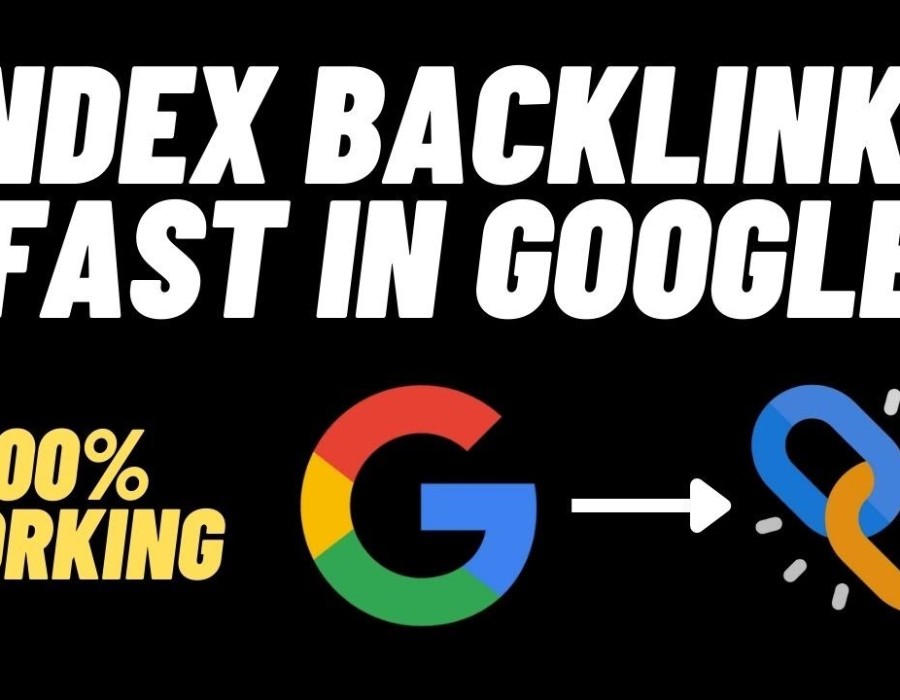What Are SEO Index Backlinks?
Backlinks, also known as inbound links, are links from one website to another. Search engines like Google view these links as votes of confidence. The more high-quality backlinks your site has, the more authoritative it appears, which can lead to higher search engine rankings. Index backlinks refer to those that are indexed by search engines, meaning they are recognized and considered in the ranking algorithms.
Why Are Backlinks Important in 2024?
Despite the changes in SEO trends and algorithms, backlinks remain a key factor in determining a site's authority and ranking. They help search engines understand the relevance and credibility of your content. High-quality backlinks from reputable sources can drive organic traffic, improve your site's visibility, and enhance your overall online presence.
Step-by-Step Guide to Finding SEO Index Backlinks
1. Utilize SEO Tools
Several SEO tools can help you identify and analyze backlinks. Tools like Ahrefs, SEMrush, Moz, and Majestic are industry favorites for a reason. They offer comprehensive backlink analysis, including the number of backlinks, the quality of the linking domains, and the anchor text used.
- Ahrefs: Use the Site Explorer tool to see a complete backlink profile of any website. You can filter the results to find dofollow links, which are more valuable for SEO.
- SEMrush: The Backlink Analytics tool allows you to explore backlinks by domain, assess their quality, and find new link-building opportunities.
- Moz: The Link Explorer tool offers insights into the domain authority and spam score of linking sites, helping you to focus on high-quality links.
2. Analyze Competitor Backlinks
One of the most effective ways to find potential backlinks is to analyze your competitors' backlink profiles. By understanding where their backlinks come from, you can identify new opportunities for your own site.
- Identify Top Competitors: Use keyword research tools to find the top-ranking sites in your niche.
- Analyze Their Backlinks: Use the backlink analysis tools mentioned above to explore the backlink profiles of these competitors.
- Identify Common Links: Look for patterns and common links among your competitors. These sites are more likely to link to your content as well.
3. Leverage Content Marketing
Creating high-quality, shareable content is a surefire way to attract backlinks. Here are some content strategies to consider:
- Create Linkable Assets: Develop comprehensive guides, infographics, case studies, and original research. These types of content are more likely to be cited and linked to by other websites.
- Guest Blogging: Write guest posts for authoritative sites in your industry. Include links back to your site within the content or author bio.
- Skyscraper Technique: Find popular content in your niche, create something even better, and reach out to sites that linked to the original content, suggesting they link to your improved version.
4. Engage in Outreach
Outreach is a proactive way to build backlinks. It involves reaching out to site owners, bloggers, and influencers to promote your content.
- Identify Potential Linkers: Use tools like BuzzSumo to find influencers and sites that have linked to similar content.
- Craft Personalized Emails: Personalize your outreach emails. Mention why you think your content would be a valuable addition to their site and how it benefits their audience.
- Follow Up: Don’t hesitate to send a follow-up email if you don’t get a response initially. Sometimes, a gentle reminder can make a difference.
5. Monitor Your Backlinks
Once you start acquiring backlinks, it’s important to monitor them to ensure they remain active and beneficial.
- Regular Check-Ups: Use tools like Google Search Console and the aforementioned SEO tools to regularly check your backlink profile.
- Disavow Toxic Links: Identify and disavow any low-quality or spammy links that could harm your site’s ranking.
Conclusion
Finding and securing SEO index backlinks in 2024 requires a combination of strategic analysis, high-quality content creation, and proactive outreach. By utilizing the right tools, analyzing competitors, and consistently monitoring your backlinks, you can build a strong backlink profile that enhances your site’s authority and search engine ranking. Remember, the quality of backlinks is far more important than quantity, so focus on acquiring links from reputable and relevant sources. Happy link building!




.jpg)

Comments